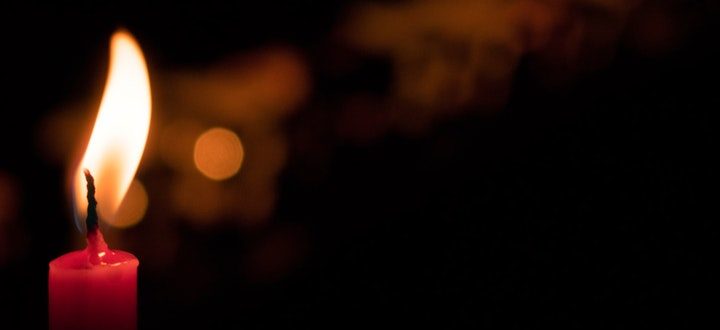
Dec 3, 2018 | by Rabbi Lisa Goldstein, Former Executive Director, Institute for Jewish Spirituality

Hanukkah is upon us and with it the aptness of all the metaphors of bringing light into the darkness. A less examined theme of the holiday, however, at least in many spiritual circles, is holy boldness – the decisive action that the Macabees took in the face of seemingly insurmountable odds that enabled them to defeat the wicked government that vastly outweighed them.
We tend to shy away from exploring this kind of strong action because it can seem so antithetical to the spiritual endeavor of finding inner peacefulness and because it can too easily veer into bold fanaticism, as the Hasmonians themselves exemplified. And yet, holy boldness, the courage of the spiritual warrior, is an important middah, or trait, even (and maybe especially) for the contemplative repertoire.
One teaching on how to approach this boldness comes from the daily liturgy. In the morning service, the first prayer before the Shema offers an image of angels. The prayer book describes the angels in vivid terms: “They are all loved, they are all clear, they are all bold and they all do the will of their Maker with fear and awe.”
At first, the description appears rather random. Why those three particular adjectives, other than the fact that the Hebrew words for “loved,” “clear” and “bold” follow the order of the Hebrew alphabet? But if we look carefully, using what we know from our contemplative practice, something quite beautiful emerges.
First, the angels know that they are ahuvim, loved. This is the crucial first step, to take in the awareness of being precious, seen, cherished. From that place of warmth and connection, they can be brurim, clear. Feeling loved can help clear the delusions so that we can see with greater clarity what needs to be done, as well as our motivation for acting. And then, when the path forward is clear, the angels can act as giborim, as courageous and bold heroes. But even here, they are aligning themselves with humility and a sense of serving – not of their own will, but of the great Source of life and creativity in the universe.
What marvelous instructions! A courage that is rooted in love, shone through with clarity and in humble alignment with what needs to happen. May this Hanukkah provide us with opportunities to explore this holy boldness so that we can through our actions help bring more light into this dark season.
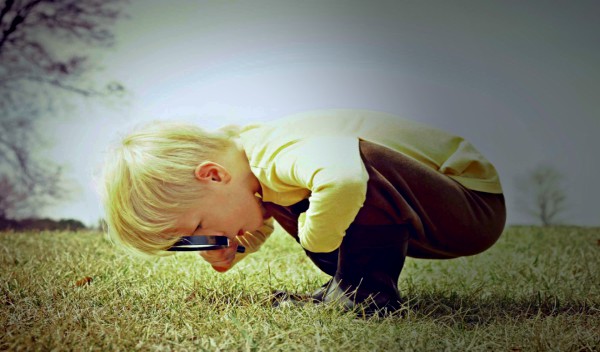
Jul 13, 2018 | by Rabbi Lisa Goldstein, Former Executive Director, Institute for Jewish Spirituality
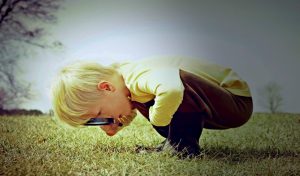 Sometimes hitlamdut, cultivating a lens of openness and curiosity, is simple and inspiring. It is reawakening a childlike wonder that brings joy and gratitude and a sense of belonging to this life.
Sometimes hitlamdut, cultivating a lens of openness and curiosity, is simple and inspiring. It is reawakening a childlike wonder that brings joy and gratitude and a sense of belonging to this life.
That is not my experience these days. These days I am keenly aware of the voice inside that says, “We’ve seen this before and we know how it is going to unfold.” This voice looks back at history, at other times and countries, noticing patterns and predicting the future. It is rooted in the fear born of the real trauma of past generations. It is also rooted in the knowing that these things do indeed happen to other people in other places; why shouldn’t they happen to us, too? Childlike wonder seems impossibly naive and perhaps even foolish.
And yet. These days are exactly the context in which to bring the wisdom of hitlamdut, that embodied, fully engaged curiosity. What happens, for example, when I start paying attention to the sensation in the body? First I notice that I am irritated and uncomfortable. My breath is short. I feel pulsing in my face. That is actually interesting! What is that exactly? Then I become aware, oh, I am afraid. Now I can explore, what is fear like? I can bring a softness to the fear so that I can move towards responding to it, not being controlled by it.
To be clear, the goal of this practice is not to create a log for myself of what the experience of fear is like in my body. The goal is to develop my ability for hitlamdut like a muscle. Because the reality is that that fearful voice that says we know what is going to happen next is not a truthful voice. We don’t in fact know. That is worth remembering and practicing, because as Rebecca Solnit recently wrote, “Hope locates itself in the premises that we don’t know what will happen and that in the spaciousness of uncertainty is room to act.”
There is a great deal we cannot control in our world, and yet, we can still act. We can develop our capacity to see things with openness and curiosity, for hitlamdut. We can bring compassion to our own experience and connect with others’ experiences as well. We can discern what communal and political arenas we can step into and what steps we can take. Because this moment has never existed before and there is so much to do.

Jul 13, 2018 | by Rabbi Lisa Goldstein, Former Executive Director, Institute for Jewish Spirituality
 I am coming up on the conclusion of seven years as the director of IJS – a full cycle, like the fullness of creation or the cycle of the fields. I am so proud of the work of IJS and how we have grown, offering spiritual seekers opportunities to deepen their practice, and reaching out to connect with new people who may not have even thought of themselves as spiritual seekers. I have learned so much about so many things. But one of the most meaningful “perks” of the job has been getting to know my predecessor, Rabbi Rachel Cowan.
I am coming up on the conclusion of seven years as the director of IJS – a full cycle, like the fullness of creation or the cycle of the fields. I am so proud of the work of IJS and how we have grown, offering spiritual seekers opportunities to deepen their practice, and reaching out to connect with new people who may not have even thought of themselves as spiritual seekers. I have learned so much about so many things. But one of the most meaningful “perks” of the job has been getting to know my predecessor, Rabbi Rachel Cowan.
Rachel is rightly known as a visionary pioneer in the Jewish world. Her own life experience revealed places where the Jewish community needed to grow and Rachel is the kind of activist who recognizes that if something is true for her, it must be true for others. She consistently connects her own needs to those of the larger community and helps make things better not just for her, but for everyone. You might even say for the sake of the Shechinah.
One of the things I have really learned from Rachel over the past seven years is what real wisdom means. I come from a family where intellectual learning is a critical criteria for someone to be considered an exemplary teacher. I observe how people are drawn to sit at Rachel’s feet and have come to understand that it is not exactly about her knowledge, although, make no mistake about it: she is extremely knowledgeable. But people want to learn from Rachel because of her wisdom. It is because of the way that she is authentic, open and real. There are no masks. You can witness how Rachel engages in on-going practice, in hitlamdut (engaged curiosity), in working on cultivating her own compassion and gratitude. You can feel her wisdom washing over you in all its gentle encouragement and it feels like a gift.
One of the students of the Maggid of Mezritch famously commented that he went to the rebbe to learn how to tie and untie his shoes. Rachel’s wisdom, born of years of commitment to spiritual practice, is a shining contemporary example of this insight. May our own commitment to our practice help us follow on the path she has set out before us.
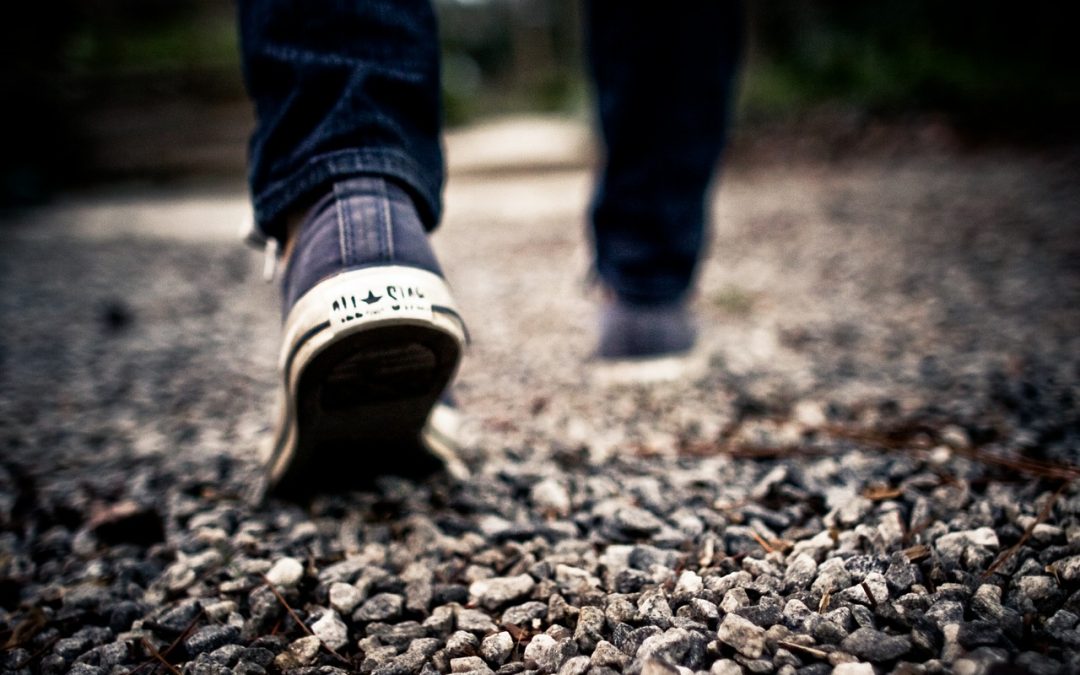
Mar 9, 2018 | by Rabbi Lisa Goldstein, Former Executive Director, Institute for Jewish Spirituality
 Part of my daily practice includes a fragment of a teaching from the Piaseczner Rebbe, Kalonymus Kalman Shapira. He instructed his students to work with Psalm 86:11: “Teach me, YHVH, your way that I may walk in your truth. Unify my heart to revere your name.” He taught a particular melody for the verse which I learned from Rabbi Nehemia Polen. I chant it to myself at the end of my meditation and before my prayer.
Part of my daily practice includes a fragment of a teaching from the Piaseczner Rebbe, Kalonymus Kalman Shapira. He instructed his students to work with Psalm 86:11: “Teach me, YHVH, your way that I may walk in your truth. Unify my heart to revere your name.” He taught a particular melody for the verse which I learned from Rabbi Nehemia Polen. I chant it to myself at the end of my meditation and before my prayer.
When I began working with this verse, I was struck by the goal of learning to revere God’s name. I am not typically drawn to yirah, the particular combination of fear and awe that is the mainstay of so much “Old Testament” religion. Jewish spiritual masters focus on both love and reverence as the twin hallmarks of devotion and in this day and age, don’t we need more love? Don’t we have enough fear?
And yet, this verse calls to me. It is becoming a more and more compelling instruction in humility which opens the possibility of living my life in attunement to something much beyond myself that also includes myself. And it turns out that yirah is the key.
Here is how I am working with the verse as an intention for my day. When I say, “Teach me your way that I may walk in your truth,” I remind myself that there are so many ways to go through the day before me. I will doubtlessly encounter all kinds of people; I will probably be annoyed at some point; I hopefully will experience a little connection. However, no matter what greets me, the one thing I can be sure of is that some spark of Divinity will be present in it. Whether I see it or not is up to me. I place myself in the position of the student: teach me, God, to go through my day seeing you in everything I encounter. I don’t really know how to do this. But if I see you, maybe I will respond more wisely and appropriately.
“Unify my heart to revere your name.” This part of the verse gives me the chance to bring a little compassion to the fragmentation of my own heart, all its distractions, its insecurities, the fragile ego that always wants more love, more affirmation. And then it reminds me that the greatness in the world is not my ego after all. It is that life force in everything, that flows in me and through me and which I seek to serve. When I can remember that, my life takes on its greatest meaning.
To me, this whole practice is a practice of humility, of remembering that the value of my day is not whether it was a “good” day or not, or whether pleasant things happened to me. The value of my day is in how I learn to see the teeming network of life that I am a part of, that I contribute to and am impacted by. Yirah, fear and awe, opens to ahavah, flowing love. I am ready for my day.
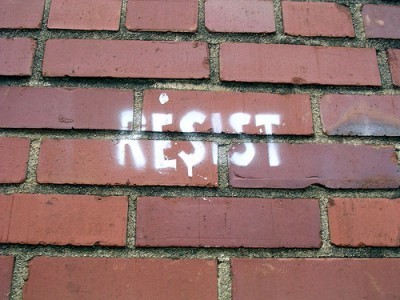
Jan 31, 2018 | by Rabbi Lisa Goldstein, Former Executive Director, Institute for Jewish Spirituality
 There are times when joy is an act of resistance.
There are times when joy is an act of resistance.
I have to remind myself of that occasionally. On these days when there is so little daylight, when the headlines are so dire, when my beloved home state of California has been engulfed in flames, joy can feel like an effort that is just too heavy.
Sometimes joy is characterized as wimpy or self-indulgent. It is seen as being something private or even selfish, with little or no bearing on the larger community. But part of what we come to know experientially through our practice is how interconnected things are. Through contemplatives practices I come to see how much my inner experience is shaped by the expectations and habits of the world around us and how I contribute in seen and unseen ways back into the expectations and habits of the world.
So when fear, greed or anger are dominant around me, I often experience those unpleasant emotions more readily. And when I experience these things – and even more so when I act upon them – I add more fear, greed or anger back into the system.
Alternatively, when joy, generosity or gratitude are dominant around us, I can experience those emotions more readily. When I act upon them, I can strengthen those middot in the larger culture. Our joy is so much more than our own small story. It is an expansive energy that reaches out with a light heart towards connection, forgiveness and possibilities. Real joy can be contagious and ripple outward.
That’s why joy can be an act of resistance. Cultivating a joyful heart can be a way of saying no to fear, greed and anger. It can defy the diminishing light, both real and figurative. It can clear away the space for an opening, for newness, for real delight.
In the Talmud, the House of Hillel disagreed with the House of Shammai as to why we light Hanukkah candles. Shammai’s version was more reliably grounded in the historical record, but Hillel’s argument was simple: Adding more light adds more holiness. My experience over Hanukkah showed that Hillel had it right. The growing light, night to night, lifted my heart. I felt my joy growing too from its hidden holy source. It is not so easily extinguished, after all. And that is a true blessing.
Photo Credit: Huffington Post


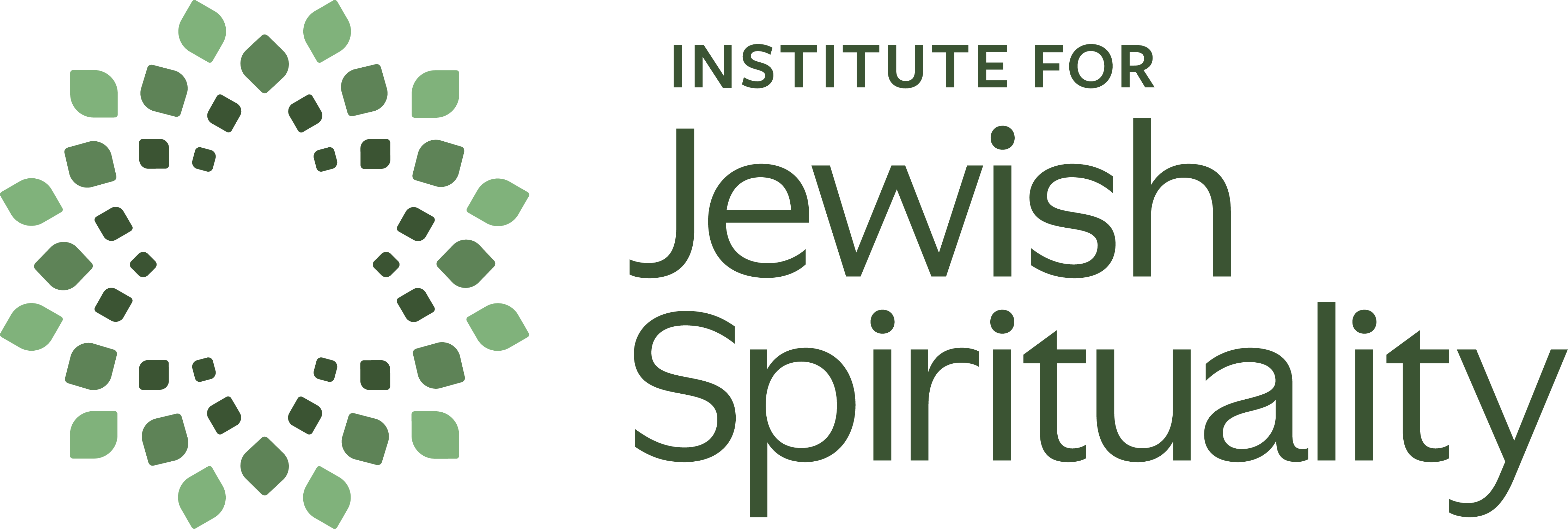

 Sometimes hitlamdut, cultivating a lens of openness and curiosity, is simple and inspiring. It is reawakening a childlike wonder that brings joy and gratitude and a sense of belonging to this life.
Sometimes hitlamdut, cultivating a lens of openness and curiosity, is simple and inspiring. It is reawakening a childlike wonder that brings joy and gratitude and a sense of belonging to this life.
 I am coming up on the conclusion of seven years as the director of IJS – a full cycle, like the fullness of creation or the cycle of the fields. I am so proud of the work of IJS and how we have grown, offering spiritual seekers opportunities to deepen their practice, and reaching out to connect with new people who may not have even thought of themselves as spiritual seekers. I have learned so much about so many things. But one of the most meaningful “perks” of the job has been getting to know my predecessor, Rabbi Rachel Cowan.
I am coming up on the conclusion of seven years as the director of IJS – a full cycle, like the fullness of creation or the cycle of the fields. I am so proud of the work of IJS and how we have grown, offering spiritual seekers opportunities to deepen their practice, and reaching out to connect with new people who may not have even thought of themselves as spiritual seekers. I have learned so much about so many things. But one of the most meaningful “perks” of the job has been getting to know my predecessor, Rabbi Rachel Cowan.
 Part of my daily practice includes a fragment of a teaching from the Piaseczner Rebbe, Kalonymus Kalman Shapira. He instructed his students to work with Psalm 86:11: “Teach me, YHVH, your way that I may walk in your truth. Unify my heart to revere your name.” He taught a particular melody for the verse which I learned from Rabbi Nehemia Polen. I chant it to myself at the end of my meditation and before my prayer.
Part of my daily practice includes a fragment of a teaching from the Piaseczner Rebbe, Kalonymus Kalman Shapira. He instructed his students to work with Psalm 86:11: “Teach me, YHVH, your way that I may walk in your truth. Unify my heart to revere your name.” He taught a particular melody for the verse which I learned from Rabbi Nehemia Polen. I chant it to myself at the end of my meditation and before my prayer.
 There are times when joy is an act of resistance.
There are times when joy is an act of resistance.